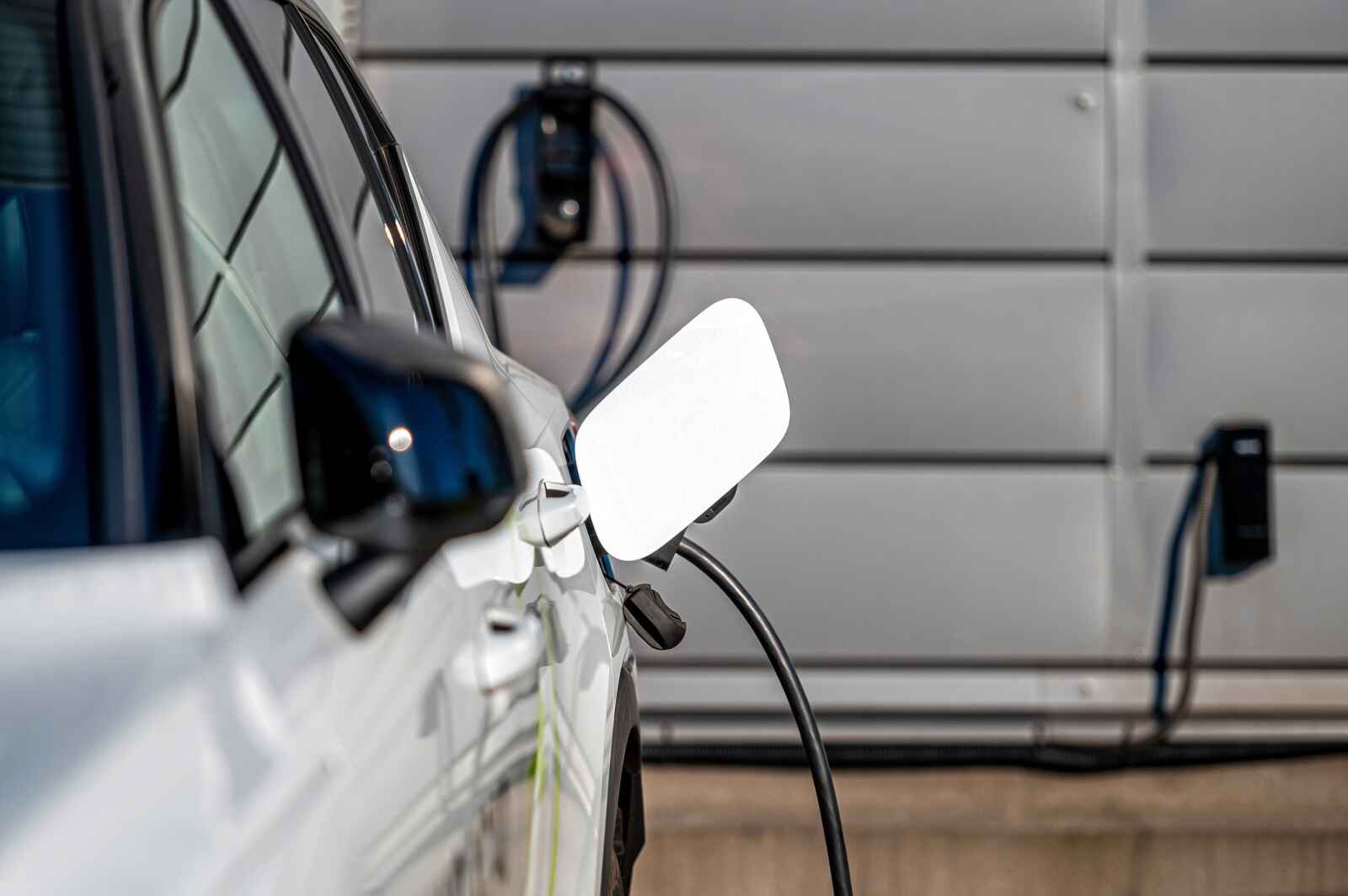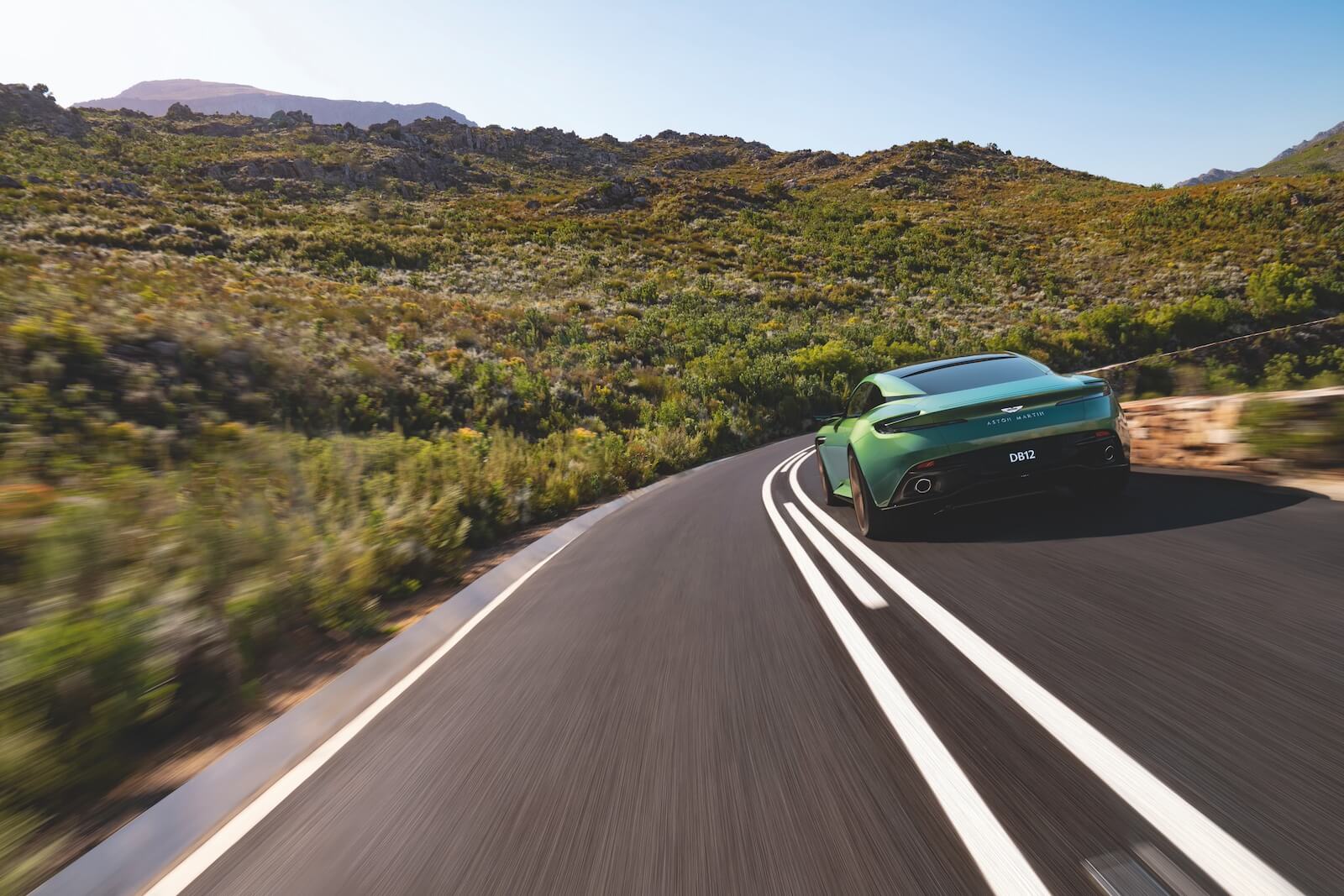Unleashing the Power of Fuel Efficiency
If stretching a tank of gas beyond 500 miles sounds ideal, then the Toyota Prius Prime is the vehicle for you. In a world where gas prices are anything but stable, having a car that boasts exceptional fuel efficiency is a significant advantage. The Prius Prime not only meets this need but exceeds it, allowing drivers to travel more than 500 miles on a single fill-up, making it a champion of fuel economy.
Affordable and Efficient: The Toyota Prius Prime Advantage
The allure of the Toyota Prius Prime extends beyond its impressive mileage. Starting at a modest $32,975, this plug-in hybrid electric vehicle (PHEV) offers an accessible price point without sacrificing quality. It’s an ideal choice for those who prefer a smaller vehicle footprint but still desire the freedom and efficiency of a PHEV for long road trips or daily commutes.
Driving Dynamics and Cost Savings
Driving the Prius Prime means enjoying significant financial savings alongside advanced fuel technology. The EPA suggests that drivers could save an average of $6,250 in fuel costs over five years compared to other passenger vehicles. This model combines a gas engine achieving 52 mpg and an electric motor that offers 127 MPGe, providing a dual benefit of cost efficiency and reduced environmental impact. With a combined driving range of up to 600 miles, the Prius Prime ensures that visits to the gas station are few and far between.
Performance and Charging Convenience
While the Prius Prime won’t outpace a sports car, its 220 horsepower from a hybrid engine setup ensures a responsive and enjoyable driving experience. Charging is straightforward with a Level 2 charger, which replenishes the battery in about four hours. For those using a standard 120-volt outlet, charging takes longer—up to 11 hours—but is perfectly manageable overnight, making it ready for the next day’s adventures.
The Ideal Plug-In Hybrid Choice
The Toyota Prius Prime not only meets but exceeds the expectations for a PHEV with its affordable pricing, extended range, robust power, and appealing design. It stands out as a top choice for drivers looking to maximize their fuel efficiency while enjoying a reliable, stylish ride that makes long-distance travel worry-free.
This overview provides valuable insights for anyone considering the Toyota Prius Prime as a viable option for maximizing travel distance while keeping running costs low. It highlights the vehicle’s blend of efficiency, affordability, and driving pleasure, ensuring it remains a favored choice in the competitive PHEV market.


